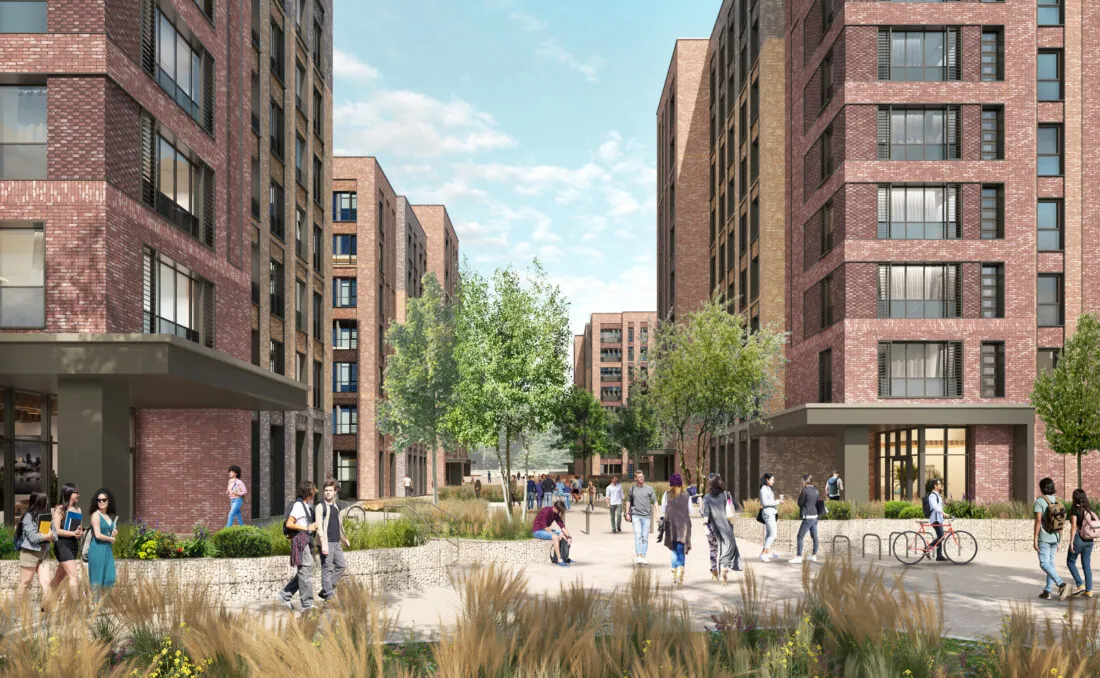Insights
Recent Insights
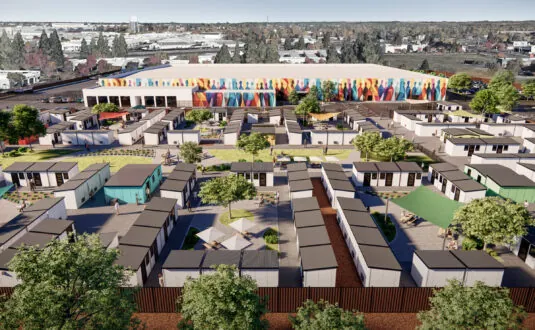
Navigating the Housing Crisis
How a radical shift in thinking offers viable solutions
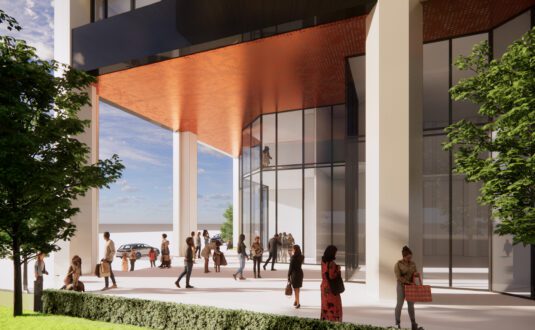
Transforming Office Buildings to Livable Spaces
Key considerations for commercial conversions to residential uses
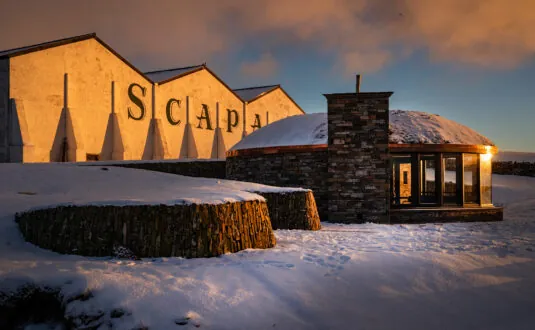
A New Age of Distillery Architecture
How whisky distillery design is evolving to meet net zero goals while honoring tradition

Life Cycle Assessments: Measuring What Matters
How LCAs Optimize Embodied Carbon Reduction Across the Built Environment

The Case for Modular Design
Thinking outside the box about Modern Methods of Construction
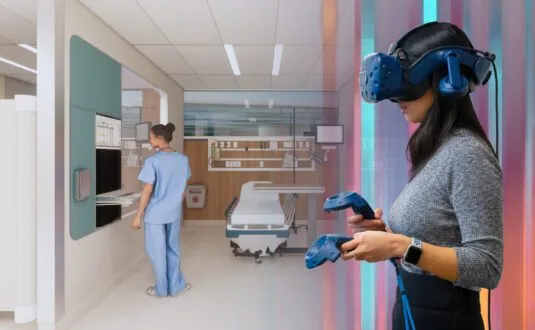
The Immersive Design Process
How VR and Simulation work to deliver high quality healthcare solutions
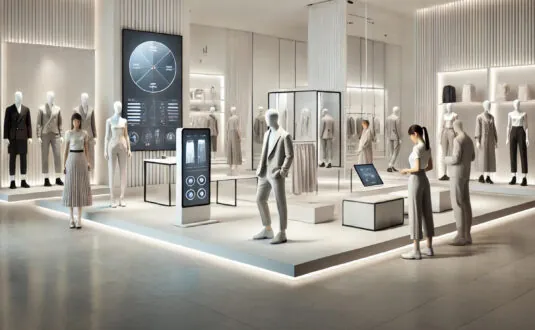
Eight Principles of Experiential Retail Design
How to revitalize the in-store shopping experience to create a destination
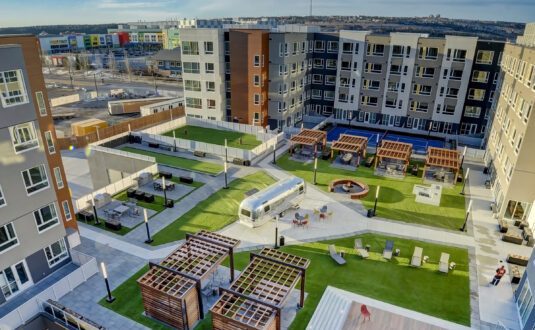
Making Our Cities Cool Again
How place-based resiliency strategies mitigate the impact of urban heat
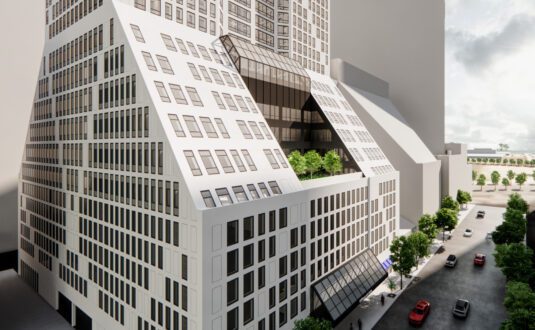
Urban Regeneration Strategies
Why densification matters to create 15-minute communities

Prioritizing Mental Health in the Workplace
A Design Perspective for World Mental Health Day
